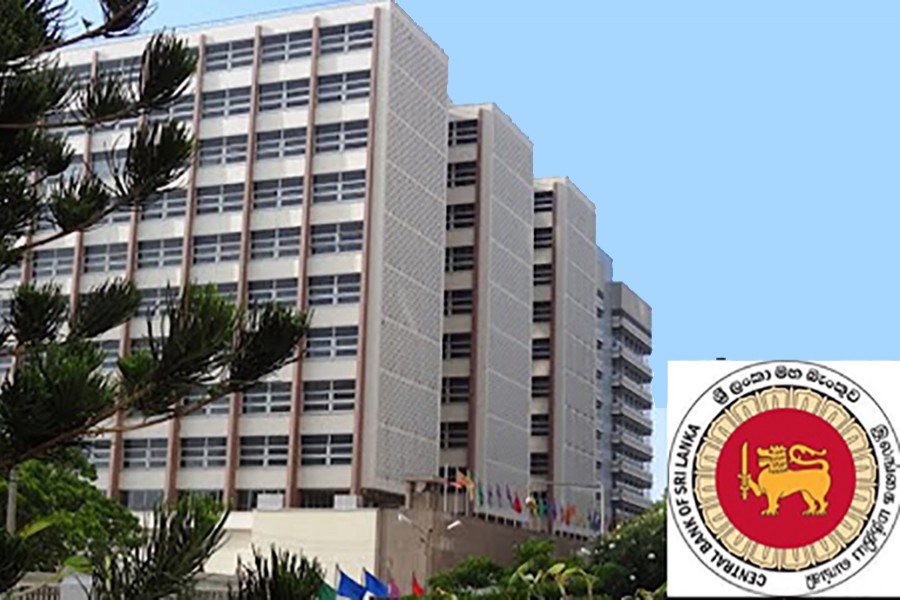The Central Bank of Sri Lanka (CBSL) has surprised financial markets by leaving its key policy rates unchanged, despite heavy pressure on the rupee currency.
Policymakers have struggled to defend the fragile rupee, which fell 4.7 per cent last month in the face of a strong dollar and outflows from emerging markets amid rising US interest rates.
The country has already imposed a raft of measures to restrict imports with immediate effect to try to take pressure off the rupee, which is hovering at a record low.
“These measures are expected to ease the excessive demand for foreign currency and hence the pressure in the domestic foreign exchange market as already observed in the stabilising exchange rate,” the central bank said in its statement.
The central bank kept the standing lending facility rate (SLFR) at 8.50 per cent and standing deposit facility rate (SDFR) at 7.25 per cent. The market had expected hikes for both, reports Reuters.
Sri Lanka’s key rates have been unchanged since April, when there was a surprise cut in SDFR.
A strengthening dollar since mid-April has increased the credit risks in some emerging markets, including Sri Lanka, due to currency depreciation, ratings agency Moody’s said in June.
Sri Lanka has seen net outflows of 72.5 billion rupees ($429 million) so far this year through Sept. 26 from foreign investors selling government bonds, central bank data showed.
Tuesday’s rate announcement comes as some investors are worried about a slowing economy and increases in fiscal spending ahead of presidential elections next year and possible provincial council polls early in 2019.
The International Monetary Fund (IMF) on Friday revised down its projection for 2018 Sri Lankan economic growth to under 4 per cent, from June’s forecast of 4 per cent.
“I think they (the central bank) are more worried about growth. Keeping rates stable may not be the best scenario for rupee stability. So they don’t want to increase rates which will give a spiralling effect to the entire market rate scenario,” said Danushka Samarasinghe, research head at Softlogic Stockbrokers.
“My worry would be whether it will be too late (to raise rates) in the case of US continuing to increase rates and global markets interest rates continues to rise.”
He said markets are now waiting to see if the monetary authority will allow market rates to move up despite keeping the policy rates unchanged.
Sri Lanka’s economic growth cooled to a 16-year low of 3.3 per cent last year due to tight monetary and fiscal conditions, droughts and floods.
But the central bank said economic growth in the second half of the year will be better than the first six months, based on current developments and projections.
Annual growth in the second quarter was 3.7 per cent.
Credit growth has been slowing. In August, the annual pace was 14.3 per cent, compared with 28.5 per cent in July, 2016.


